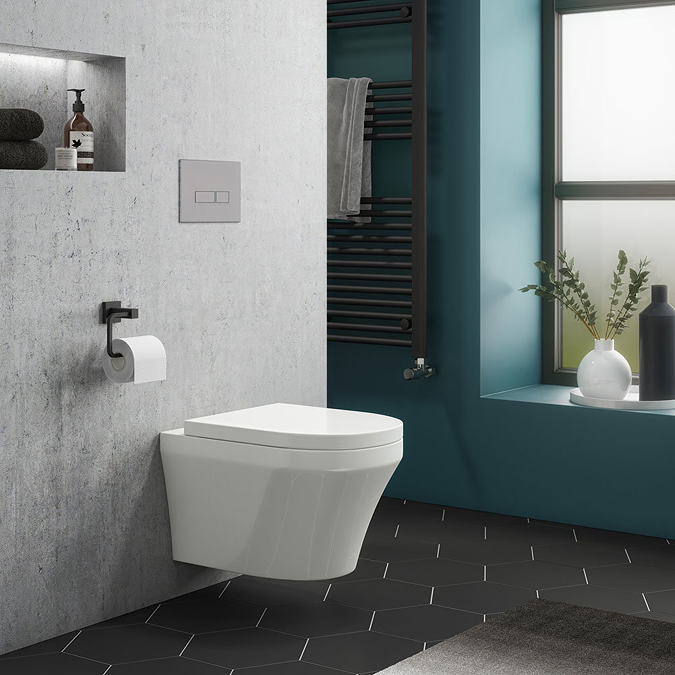
A Guide and Cost of Repairing Concealed and Wall-Hung Toilets
A Guide and Cost of Repairing Concealed and Wall-Hung Toilets
Concealed and wall-hung toilets offer a sleek, modern look, making them popular choices for contemporary bathrooms. These toilets, however, present unique challenges when repairs are needed due to their design. Unlike traditional toilets, the cisterns and plumbing components of concealed and wall-hung toilets are hidden behind a wall, which can complicate maintenance and repairs. This article provides an in-depth guide to common issues with these toilets, repair methods, and considerations to help you resolve problems effectively.
1. Understanding Concealed and Wall-Hung Toilets
- Concealed Toilets: In this design, the cistern is hidden behind a wall, usually within a bathroom unit, false wall, or cabinet. The only visible part is the flush plate and the toilet bowl.
- Wall-Hung Toilets: These toilets are mounted on the wall, with no base touching the floor. The cistern is typically hidden inside the wall, providing a minimalist appearance and making cleaning easier.
The hidden components and structural requirements make these types of toilets more complex to repair compared to standard models.
2. Common Problems with Concealed and Wall-Hung Toilets
Several issues can arise with concealed and wall-hung toilets. Here are some of the most frequent problems:
- Leaking Toilets: A hidden leak can be difficult to detect, but common signs include the sound of running water, a drop in water pressure, or water damage on the wall near the toilet.
- Flushing Problems: If the toilet isn’t flushing properly, it may be due to a faulty flush valve, fill valve, or blockage in the flush mechanism.
- Loose or Wobbly Toilet Bowl: Wall-hung toilets may become loose over time if the mounting brackets or wall frame weaken, leading to instability.
- Running Water in the Cistern: A continuously running toilet indicates an issue with the fill valve or flush valve, causing water wastage and higher utility bills.
3. Repairing Concealed and Wall-Hung Toilets: Key Steps
Repairing these toilets can be challenging because of their concealed nature. Here’s a step-by-step guide on how to address common issues:
A. Repairing a Leaking Toilet
- Identify the Source of the Leak: Check for signs of water on the wall or floor around the toilet. If there is no visible water, listen for the sound of running water, which may indicate a leak inside the cistern.
- Access the Cistern: The flush plate usually serves as the access point to the concealed cistern. Remove the flush plate carefully to expose the internal components.
- Check the Flush and Fill Valves: If water continues to run after flushing, the problem is likely with the fill or flush valve. These valves may need adjustment or replacement to stop the leak.
- Inspect the Inlet and Outlet Pipes: Make sure there are no cracks or loose connections that could be causing leaks.
B. Fixing Flushing Problems
- Check the Flush Mechanism: A weak flush may be caused by a blockage in the flush pipe or a faulty flush valve. Inspect the mechanism after removing the flush plate.
- Clean or Replace the Flush Valve: Mineral buildup ( limescale) can cause the flush valve to malfunction. If cleaning doesn’t solve the issue, replacing the valve may be necessary.
- Inspect the Air Pressure System (if applicable): Some wall-hung toilets use a pneumatic flushing system. If the air pressure is insufficient, the flush may be weak or non-existent.
C. Stabilizing a Loose Wall-Hung Toilet
- Tighten the Mounting Bolts: Remove the toilet seat and check the bolts securing the toilet bowl to the frame. Tighten them if they have become loose.
- Examine the Wall Frame: If the toilet remains wobbly, there may be an issue with the frame inside the wall. In some cases, the wall will need to be opened to repair or reinforce the frame.
- Use Anti-Vibration Pads: Adding anti-vibration pads behind the toilet bowl can help stabilize it and reduce movement.
4. Replacement of Components in a Concealed Cistern
Replacing parts in a concealed cistern may be necessary if repairs don’t resolve the issue. Here’s what you need to know:
- Flush Valve Replacement: Remove the flush valve from the cistern and replace it with a compatible model. Make sure to follow the manufacturer’s instructions to ensure proper installation.
- Fill Valve Replacement: When replacing the fill valve, ensure the new valve is correctly adjusted to the right water level to prevent overflows.
- Seal Replacement: If the flush valve or fill valve seals are worn out, replacing them can help stop leaks.
5. Cost Considerations
The cost of repairing concealed or wall-hung toilets can be higher than traditional toilets due to the additional time and complexity involved. Unfortunately ALL parts must be the exact manufacturer match. Due to this reason the manufacturers ask for a small fortune for these spare parts however at this stage you have no choice other than bite the bullet and get the parts. In many cases it is not possible to purchase these spare parts from your local plumbers merchants (no one holds that kind of stock) and must be ordered online either directly from manufacturer or other online shops however you must be sure of the exact model of the cistern before order!
Here are some cost estimates:
- Minor Repairs (e.g., tightening bolts, adjusting valves): £50 – £100
- Valve Replacement (flush or fill valve): £80 – £150 labour plus parts. You also need to take into consideration that your plumber will need to probably research the exact make and model and order the parts. This of course will come at cost.
- Leak Detection and Repair: £150 – £300, depending on the severity and location of the leak
- Wall Frame Repairs: £200 – £500 if the wall needs to be opened and reinforced ( but in many cases as the wall behind the toilet will be tiled it will be an impossible task)
6. When to Call a Professional Plumber
While some toilet repairs can be done as a DIY project, concealed and wall-hung toilets often require professional expertise due to their complex design. Consider hiring a plumber if:
- You can’t access the concealed cistern.
- The leak is difficult to locate or repair.
- The wall frame needs reinforcement.
- You’re unfamiliar with plumbing repairs.
7. Preventive Maintenance Tips
To avoid frequent repairs, take the following preventive measures:
- Regularly Inspect for Leaks: Listen for unusual sounds or check for any signs of water damage around the toilet.
- Clean the Flush Mechanism Periodically: Mineral buildup can impair the function of the valves. Regular cleaning can extend their lifespan.
- Ensure Proper Installation: If you’re installing a new wall-hung or concealed toilet, make sure it’s done by a qualified plumber to avoid future issues.
8. Conclusion
Concealed and wall-hung toilets offer an attractive and space-saving design, but they require special care when it comes to repairs. Understanding common issues and knowing how to address them can save you time and money. While some repairs may be manageable on your own, don’t hesitate to call a professional plumber for complex problems or if you’re unsure about the repair process. Regular maintenance and timely repairs will keep your concealed or wall-hung toilet in optimal condition for years to come. After many years of plumbing we at Master of Maintenance have been repairing toilets in Milton Keynes we can assist you with these repairs.
